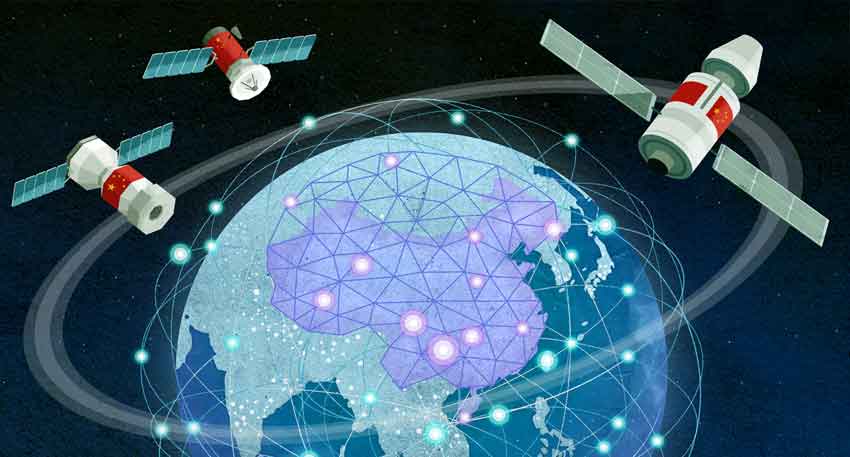
Chinese researchers have developed a stunning new method for satellite internet that may have just outpaced Elon Musk’s Starlink in both speed by five times and stability.
A small but highly skilled team led by Liu Chao of the Chinese Academy of Sciences and Professor Wu Jian of Peking University of Posts and Telecommunications has created a game-changing breakthrough in satellite laser communication.
The biggest challenge satellite laser connections face is atmospheric turbulence, which distorts and weakens the signal. However, this team tackled it head-on by combining two powerful yet previously independent technologies — Adaptive Optics (AO) and Mode Diversity Reception (MDR).
AO corrects distorted light caused by the Earth’s atmosphere, while MDR captures multiple scattered versions of the signal. When used together, these technologies produced a stable 1Gbps transmission — a feat that has never been achieved under such difficult conditions.
What makes this even more surprising is how energy-efficient the setup is. The laser used operates at incredibly low wattage, yet can communicate with satellites positioned far above the Earth, and with fewer errors.
The data error rate, previously at 72%, was reduced to just 8.9%, pushing reliability to an impressive 91.1%. That 19% jump in signal usability could be a massive leap for both everyday internet users and global communications infrastructure.
Most users only think about speed, but consistency is where many satellite networks struggle — something every frustrated online user knows too well. This development claims to offer both.
Read more: Earn money directly from WhatsApp - Here’s how!
This breakthrough suggests that the next major leap in global internet connectivity may come not from tech billionaires, but from academic researchers in China. While Starlink focuses on scalability and commercial rollout, China’s laser-based innovation points to ultra-reliable and high-speed data delivery at a fraction of the energy cost.
If this technology scales successfully, it could reshape the satellite internet landscape, especially in remote or underserved regions where traditional infrastructure is limited. The combination of speed, stability, and efficiency makes it a potential cornerstone for the future of communications.
Whether the West can respond fast enough remains to be seen — but for now, all eyes are on China.



